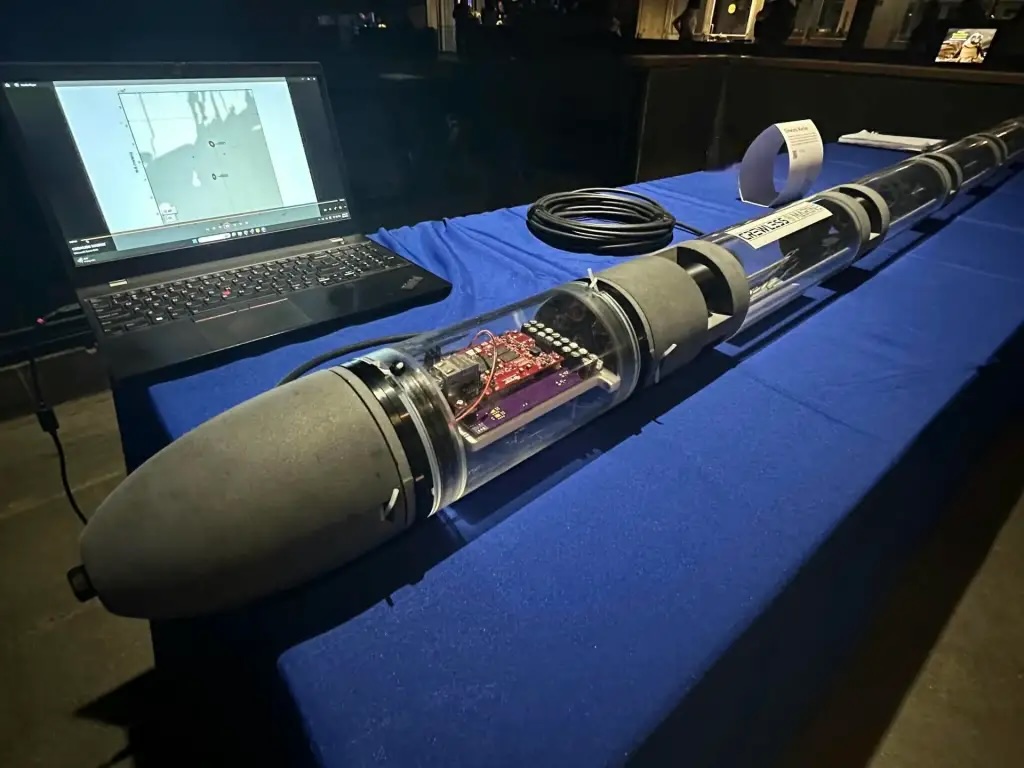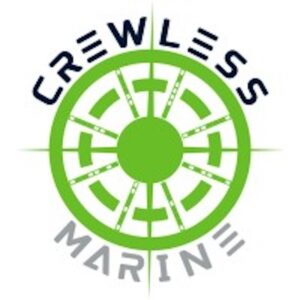
Crewless Marine co-founder Steven Bordonaro discusses the company’s hydrophone systems, highlighting the need for innovative cost-conscious sensors, the growing blue economy, and its position as a finalist in the Rhode Island Business Competition.
Congratulations on being a finalist in the Rhode Island Business Competition! What does this recognition mean for Crewless Marine, and how do you plan to leverage it going forward?
Although Rhode Island is a small state, it has a growing start-up community, especially in the Blue Economy. Being recognized as one of the three finalists of over thirty companies was great validation for us. The recognition will help us form relationships with other blue tech start-ups like Jaia Robotics, VATN Systems, and HavocAI.
It will also give us visibility into the defense contractors with local presence, like Saab, Raytheon Technologies, and BAE Systems. We are using the prize money for legal services to help protect our intellectual property (IP).
Crewless Marine focuses on hydroacoustic sensing, what differentiates your hydrophones or acoustic technologies from others currently on the market?
When developing an acoustic sensor, the primary metric is detection range (i.e., how large an area can you monitor). Unfortunately, the cost of the sensor increases exponentially with detection range. The historical approach is to climb up this cost curve since the platforms were expensive, justifying the cost. The calculus is different for uncrewed platforms. It turns out it is more cost-effective to monitor a large area with multiple affordable sensors than one exquisite system. Our approach is to optimize on dollars per mile.
We enable this by providing the sensors, on-board signal processing, and data fusion across platforms. Turning sound into actionable intelligence is a complex process usually performed by trained sonar operators. However, it is not practical to assume trained operators are monitoring all of your uncrewed platforms, so we fully automate these processes and provide a result that is consumable by untrained operators or autonomous systems.
You’ve also received a Rhode Island Manufacturing Innovation Voucher, can you tell us more about how this funding will help scale your hydrophone manufacturing facility?
The support from the State of Rhode Island has been crucial to Crewless Marine. The funding will be used to update our hydrophone design for improved manufacturability and to transition from low-volume manufacturing techniques to a high-volume production line. We will also develop the equipment and tools for in-house acceptance tests and calibrate our hydrophones at a local in-water tank. We partner with the 401 Tech Bridge and Polaris MEP to institute lean manufacturing processes.
What sectors or use cases are showing the strongest demand for your hydrophone systems; research, defense, offshore energy, fisheries, or others?
Our solutions can be used to find things you are searching for, like marine mammals and feeding activity in aquaculture; monitor underwater noise pollution from offshore wind and shipping, and safety and security applications of finding what shouldn’t be there, like narco-submarines, illegal fishing activity, and underwater threats in ports and harbors. The primary demand we have seen is in the defense sector. We are working with the Navy and plan to participate in in-water demonstrations this summer.
How do you see Crewless Marine fitting into the growing blue economy, especially with the push for more sustainable and autonomous ocean monitoring?
There is significant growth in the number of uncrewed maritime platforms being developed. While the number of these platforms is expanding, only a subset has acoustic sensors. Even fewer, if any, have incorporated acoustics into their autonomy. And there is no commercial solution to add this capability. We want to be the first to market with a complete solution to add acoustics to a platform, providing the ability to detect, localize, and track noise sources.











